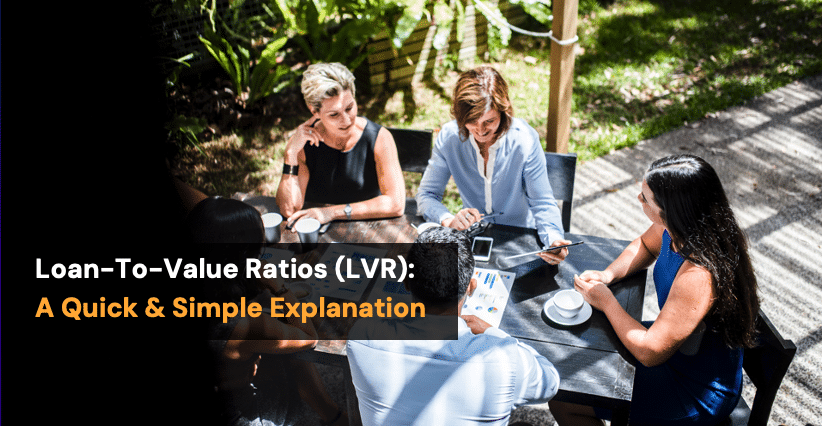Loan-To-Value Ratios (LVR)

Introduction
The Loan-To-Value Ratio (LVR) is a pivotal concept in home financing, serving as a key determinant in the mortgage process. Understanding LVR is essential for any homebuyer or homeowner considering refinancing.
What is Loan-To-Value Ratio (LVR)?
LVR measures the loan amount against the value of the property. It’s calculated by dividing the loan amount by the appraised property value. For instance, if you’re borrowing $400,000 for a property worth $500,000, the LVR is 80%.
The Importance of LVR in Home Loans
LVR is crucial in mortgage decisions. A higher LVR (above 80%) often means higher interest rates and the necessity for Lenders Mortgage Insurance (LMI), as it’s viewed as a higher-risk loan. Conversely, a lower LVR typically results in more favourable loan terms.
LVR Limits and Mortgage Insurance
Most lenders set maximum LVR limits, typically around 80% for standard loans. Loans with an LVR above this limit usually require LMI, protecting the lender in case of default.
Example Scenario for LVR Calculation
Consider a home valued at $600,000. If a buyer applies for a loan of $480,000, the LVR is 80% ($480,000/$600,000). However, if the loan amount is $510,000, the LVR rises to 85%, potentially triggering LMI.
Strategies to Optimise Your LVR
Achieving a favourable LVR involves saving for a larger deposit or buying a less expensive property. Regular property revaluations can also affect LVR, especially in a rising market.
How LVR Affects Refinancing
For refinancing, a lower LVR can lead to better interest rates and loan terms. Changes in property value or loan amounts can significantly influence refinancing opportunities.
Conclusion
Understanding LVR is vital for navigating the home buying and refinancing process. It affects loan terms, interest rates, and the need for mortgage insurance, playing a significant role in the overall cost of a mortgage. If you would like some personalised help, contact us to arrange a Free Lending Strategy Session.
